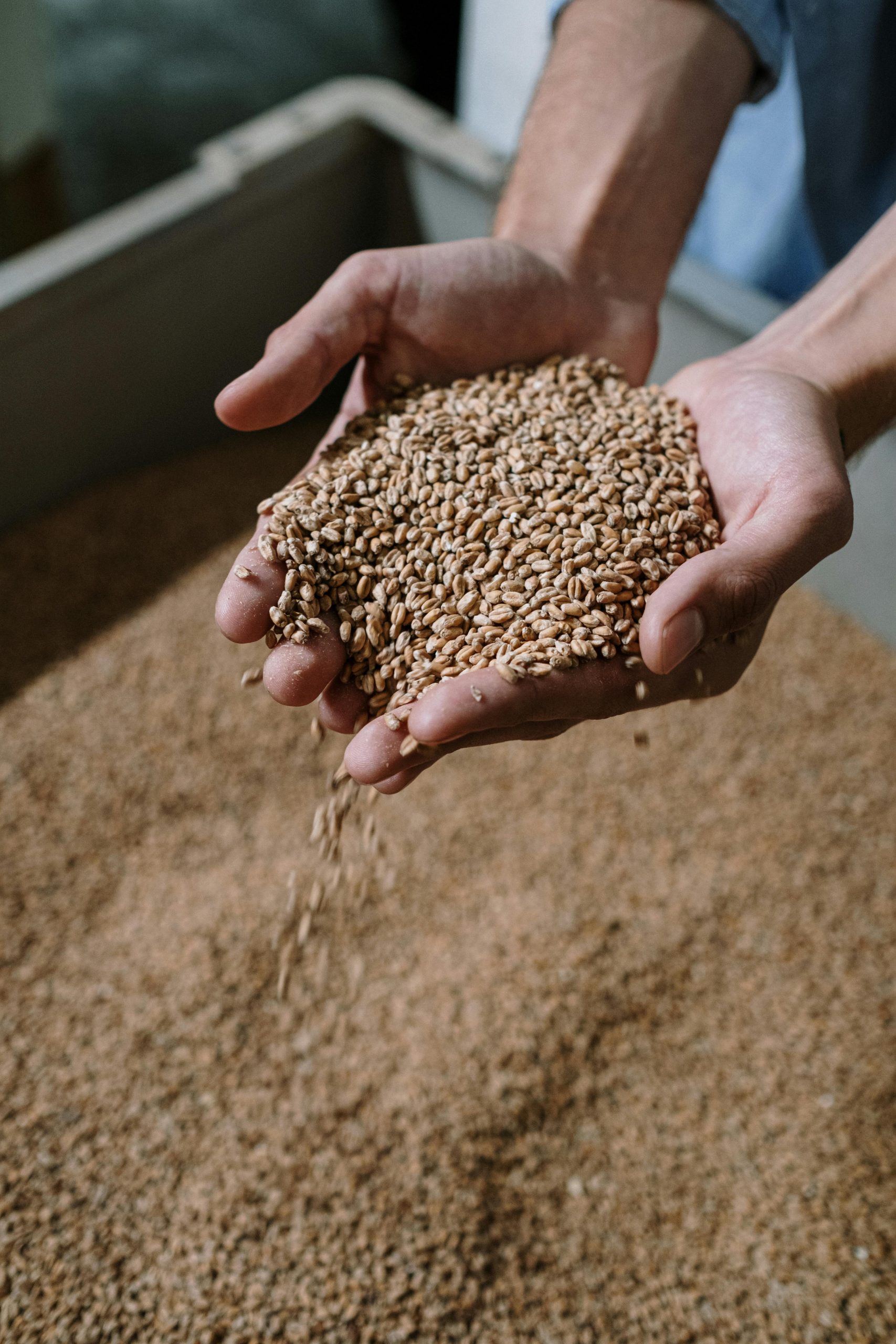A New Era in Agriculture: The Promise of AI-Driven Vertical Farms
In recent years, the agricultural sector has been undergoing a remarkable transformation, thanks to advancements in technology. Among the most groundbreaking innovations are AI-controlled vertical farms, which have the potential to redefine food production as we know it.
Vertical farming involves the cultivation of crops in vertically stacked layers, typically integrated into controlled environments. This method not only maximizes space but also minimizes the use of water and pesticides, making it an eco-friendly alternative to traditional farming practices. By incorporating artificial intelligence into this model, vertical farms are becoming increasingly efficient and sustainable.
AI plays a pivotal role in optimizing various aspects of the farming process. It can analyze data related to plant growth, environmental conditions, and resource usage, allowing farmers to make informed decisions that enhance crop yields. This technology can monitor variables such as temperature, humidity, and light intensity in real-time, adjusting them automatically to create the perfect growing conditions.
Moreover, AI-driven vertical farms can significantly reduce the carbon footprint associated with food production. By growing food closer to urban centers, these farms cut down on transportation emissions and ensure that fresh produce is readily available to local communities. This localized approach to food sourcing not only supports sustainability but also promotes food security in an increasingly urbanized world.
As cities grow and the global population expands, the demand for innovative food production methods will only increase. The integration of AI into vertical farming represents not just a technological advancement but a necessary shift towards sustainable and efficient agriculture. As we look forward, these farms may hold the key to feeding future generations while safeguarding our planet’s resources.
In conclusion, AI-controlled vertical farms are paving the way for a revolutionary change in how we produce food. By embracing this technology, we can foster a more sustainable agricultural system that not only meets the needs of a growing population but also protects the environment for years to come.

